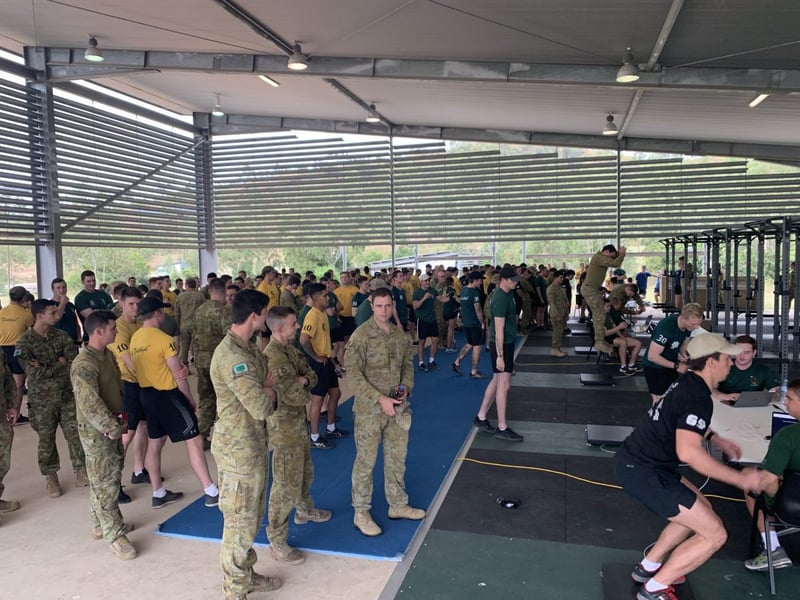
Australian Army’s 3rd Brigade located in Townsville, Australia and is home to over 3,500 Army personnel with limited staff to oversee the physical training and preparation of the few thousand individuals on base. The Australian Army previously utilized two different assessments: the Basic Fitness Assessment (BFA) and the Physical Employment Standards Assessment (PESA) to test both general fitness and specific physical standards for different roles or trades. Both can be effective but rudimentary tools for measuring physical performance, and they lack the analysis to improve performance or predict injury.
The readiness for any military group is strongly related to the overall physical preparedness and, in turn, negatively correlated with the amount and severity of musculoskeletal (MSK) injuries. Because of the size of conventional military units, many limitations of resources and time exist that challenge the scalability of:
Identifying individuals at higher risk of injury
Proactively providing interventions to mitigate risk
Improving overall unit readiness
MSK injury risks are typically only identified after the occurrence of injury and addressed in a reactive-rehabilitative approach, instead of a proactive-preventative approach.
“We had an immediate red flag. So Sparta did that week one, achieve the intervention. What was all the more fascinating, though, was the way in which the technology acted as a glue that brought together all those other initiatives.”
The implementation of the Sparta Science technology provides a scalable and practical solution for large organizations to proactively address and mitigate injury risk an individual level. The ease of assessment and intervention allows for more frequent testing and interaction with the results than soldiers are used to with standard BFA and PESA testing cycles. This creates a more direct connection between testing, training and intended outcomes for each individual, providing better motivation to improve compliance of participating in voluntary training sessions. The visibility of the Sparta testing across the organization helps to hold all parties involved accountable and aligned to improve overall outcomes.
22 Sparta systems are located throughout the base at 10 different major unit locations as well as 2 centralized locations. With 22 total systems, there is the ability for efficient assembly-line system mass assessments if needed. Setting up multiple stations for standardized warm-up and post-assessment interpretation discussion creates a simple, efficient, and practical way to assess large groups in minimal time. For example, the ability to assess 350 individuals in 45 minutes shows the practicality in a large organization.
Per unclassified correspondence: Since the inception of Sparta in June 2019, a positive effect of injury occurrence within the region has been noted by multiple reporting metrics.